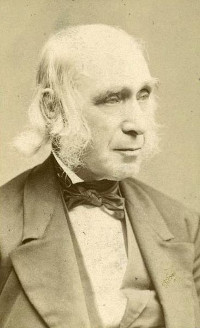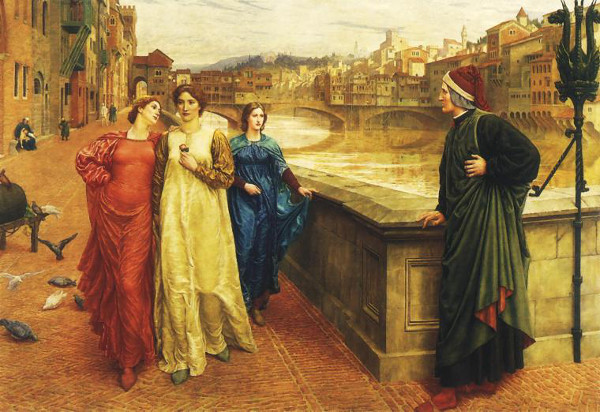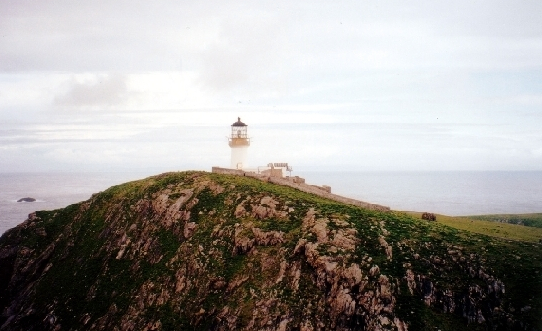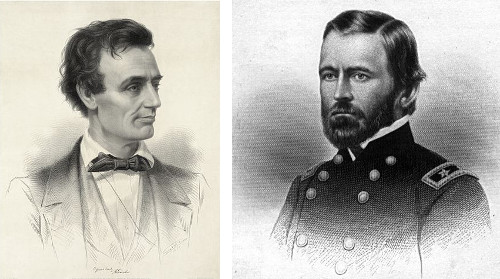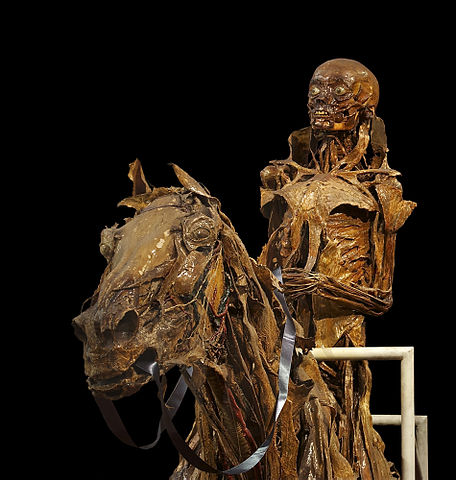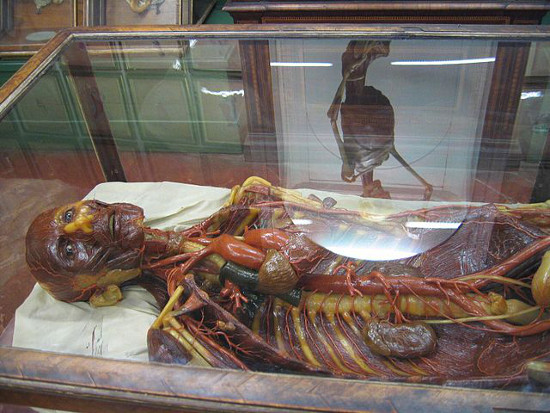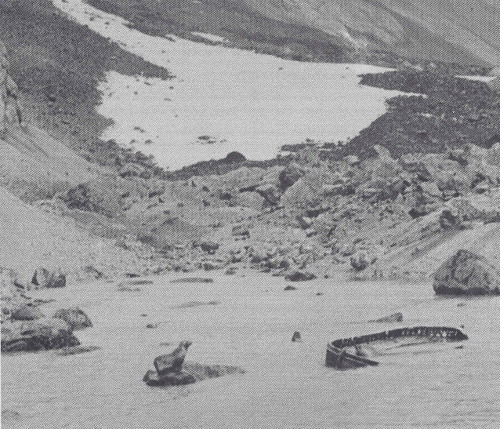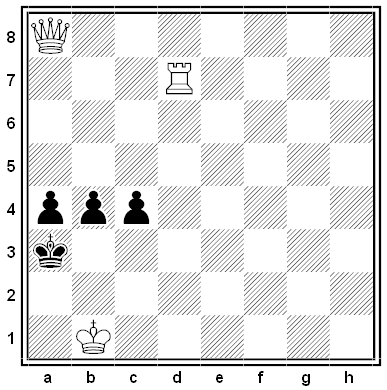
There was one moment in Stratford the other afternoon when I really did feel I was treading upon Shakespeare’s own ground. It was in the gardens of New Place, very brave in the spring sunlight. You could have played the outdoor scene of Twelfth Night in them without disturbing a leaf. There was the very sward for Viola and Sir Andrew. Down that paved path Olivia would come, like a great white peacock. Against that bank of flowers the figure of Maria would be seen, flitting like a starling. The little Knott Garden alone was worth the journey and nearer to Shakespeare than all the documents and chairs and monuments. I remember that when we left that garden to see the place where Shakespeare was buried, it didn’t seem to matter much. Why should it when we had just seen the place where he was still alive?
— J.B. Priestley, Apes and Angels, 1927

